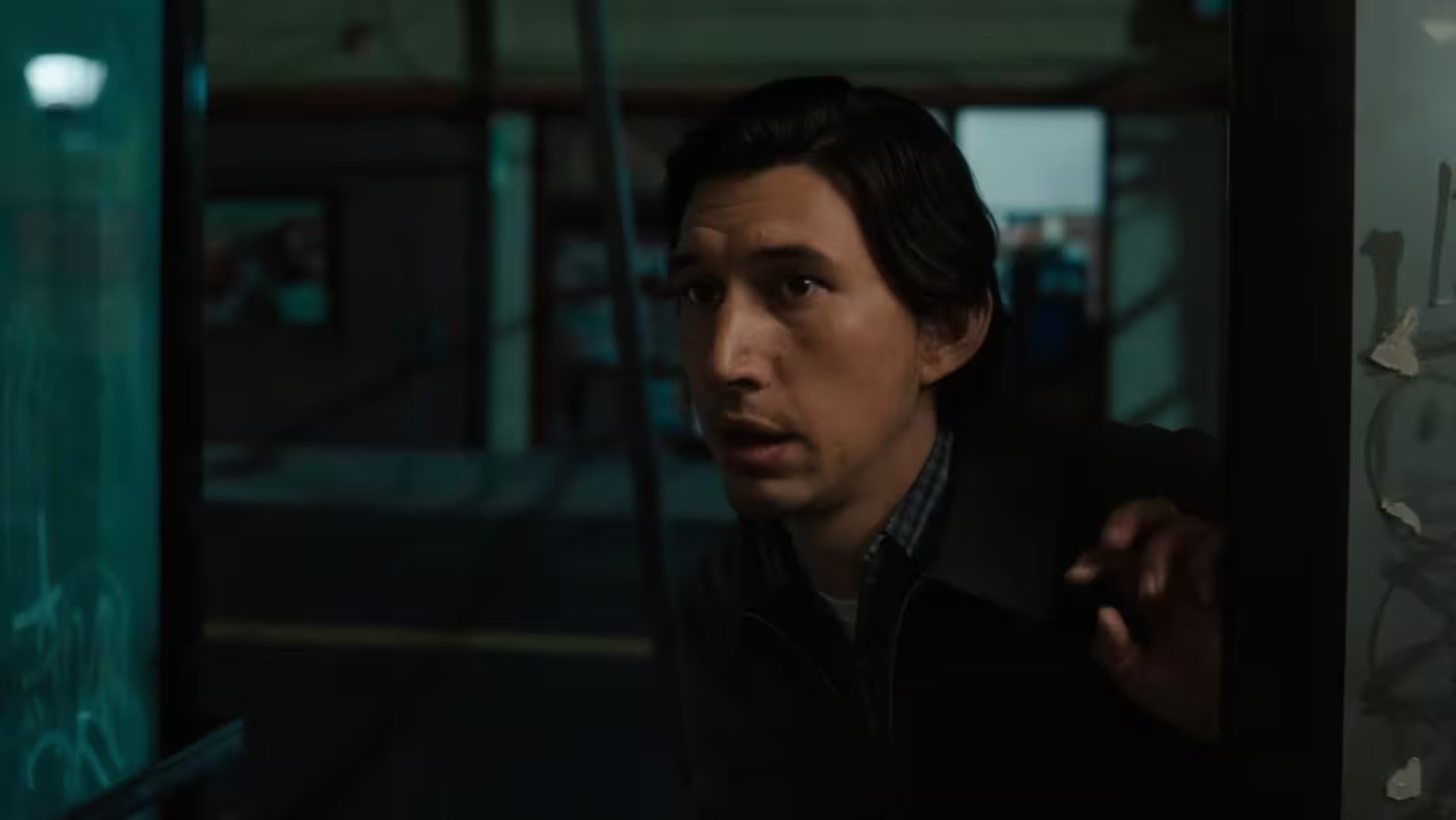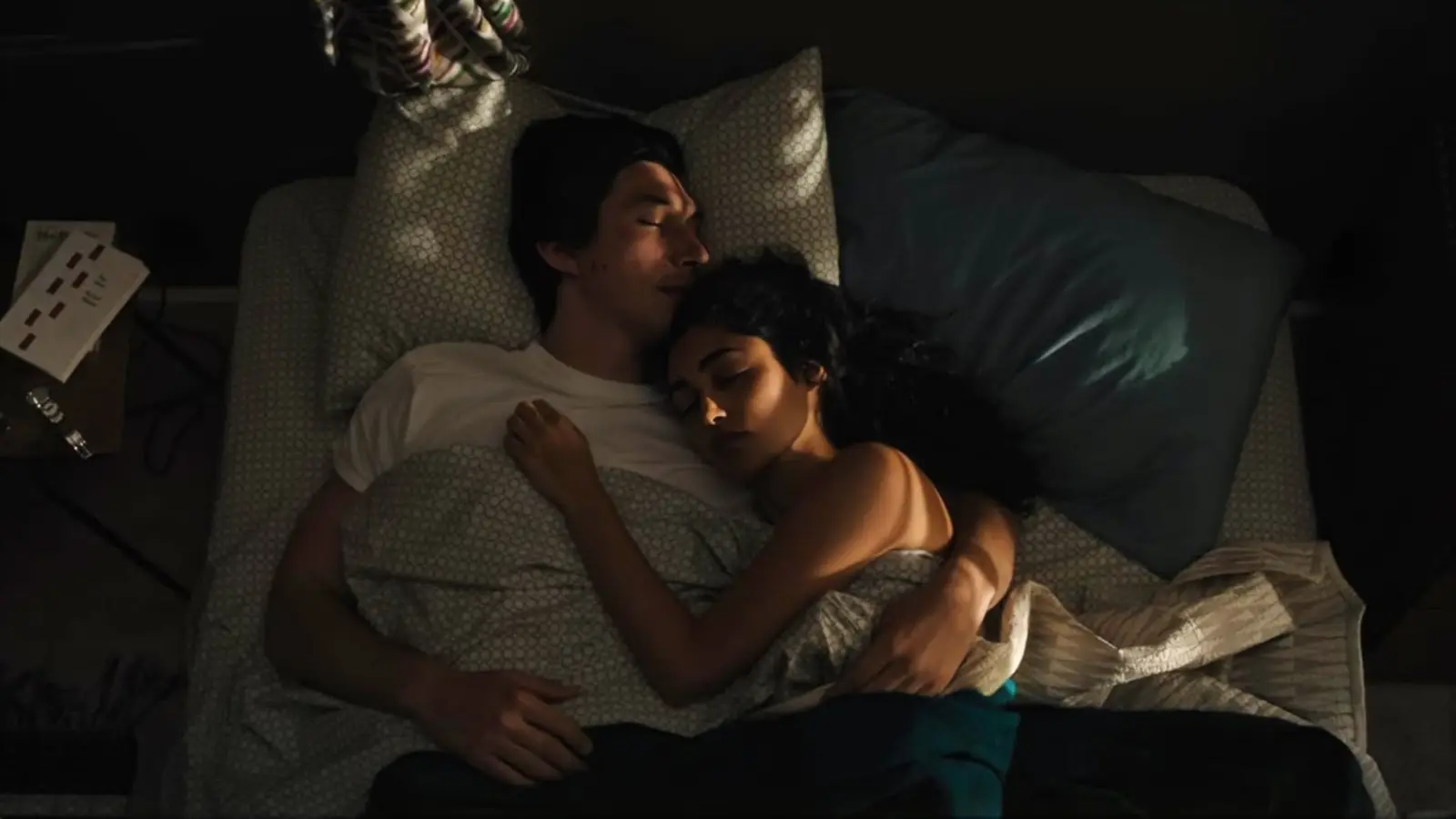6 Minutes
An Invitation to Create: Why Paterson Matters Today
If you’ve ever felt stalled in your creative life — waiting for a breakthrough that never arrives — Jim Jarmusch’s 2016 film Paterson is a cinematic balm. More than a character study, the movie is a gentle manifesto for making art without sensationalism, showing that inspiration often lives in routine, observation, and small rituals. Starring Adam Driver as a bus driver named Paterson who writes poems in the margins of his life, the film is an ode to the ordinary and a reminder that art can be an everyday refuge rather than a spectacle.
What the Film Shows Us About Artistic Practice
Paterson unfolds across the span of a week in Paterson, New Jersey, and its narrative is deliberately modest: work, walks with his dog Marvin, conversations with his bartender friend Doc (Barry Shabaka Henley), and evenings at home with his spirited wife, Laura (Golshifteh Farahani), who pursues her own musical dreams. There is no high-stakes conflict, no villain, and no contrived climax — and that is the point. The movie argues that creative life does not require trauma to be meaningful. Instead, it celebrates craft as a way of seeing, a private practice that shapes how a person experiences the world.
Poetry as a Quiet Engine
The poems that animate the film — many of which were created in collaboration with poet Ron Padgett and nod to the legacy of William Carlos Williams’ own poem 'Paterson' — act as the interior geography of the protagonist. They are not offered as commodities or career-launchers; they exist as a discipline, a way to respond to ordinary things. That message resonates with anyone who writes, paints, plays, or composes: the measure of art need not be fame, but fidelity to a practice that deepens understanding and pleasure.
How Paterson Fits Into Contemporary Cinema
Paterson sits comfortably within the ongoing trend of slow cinema and intimate character studies that prize mood and observation over plot mechanics. In an era dominated by franchise blockbusters and high-concept streaming hits, Jarmusch’s film is part of a countercurrent that includes films like Kelly Reichardt’s Certain Women and the Coen Brothers’ more contemplative outings such as Inside Llewyn Davis. Audiences and critics drawn to indie cinema often praise Paterson for its restraint: its power is quiet, accumulative, and humane.
Comparisons and Context
Compared to Jim Jarmusch’s other films, Paterson trades gothic cool or deadpan absurdity (as in Only Lovers Left Alive or Dead Man) for tender minimalism. Adam Driver’s performance is restrained in a way that aligns with the film’s ethos: his Paterson is an observer, not a performer. Viewers who enjoyed the subdued melancholy of Sofia Coppola’s Lost in Translation or the everyday intimacy of Greta Gerwig’s early work will find Paterson’s rhythm familiar and rewarding.

Trivia, Reception, and Behind the Scenes
The film’s authenticity extends to its literary roots: Jarmusch intentionally connected the screenplay to the city’s poetic tradition and worked with contemporary poets to create verses that feel lived-in rather than ornamental. Critics praised Paterson for its lyricism and humane vision, while some viewers labeled it slow or plotless — an expected split that often accompanies films built on mood instead of momentum. Fans of Adam Driver frequently cite Paterson as one of his most vulnerable and nuanced performances.
"Jarmusch’s direction treats every small scene like a stanza," says cinema historian Elena Marquez, "and Driver gives those stanzas a human heartbeat. The film reminds us that cinematic poetry can be found in repetition and quiet observation, not just spectacle."
Critical Perspectives: Why Some Viewers Resist the Film
Paterson’s resistance to traditional conflict is also why it divides audiences. For viewers conditioned to narrative propulsion — twists, antagonists, and crescendoing stakes — the film’s greatest achievement can feel like emptiness. Yet that emptiness is deliberate: Jarmusch trades shock for reflection, suggesting that the internal economy of a life can be as dramatic as any film plot. For contemporary filmmakers and indie producers, Paterson is a case study in how low-key storytelling can still yield deep emotional returns.
How Paterson Can Inspire Your Creative Practice
Watching Paterson is not about finding a template for artistic success; it’s about reclaiming the joy of making. The film encourages simple rituals — a daily writing habit, an afternoon of listening without judgment, attention to small city details — as ways to keep creativity alive. For anyone who equates artistic worth with notoriety, Paterson is a corrective: art’s value can be personal, restorative, and quietly transformative.
Conclusion: A Film That Reminds Us Why We Create
Paterson is the rare contemporary movie that suggests the most meaningful epiphanies happen in small, repeatable acts. Its combination of Adam Driver’s understated performance, Jarmusch’s measured direction, and the poetical voice woven through the narrative makes it essential viewing for artists, writers, and anyone who needs a reminder that inspiration is often waiting in daily life. The film doesn’t promise breakthroughs or trophies — it offers something rarer: the case for loving the work for its own sake.
If you’re looking for a film to sit with, to return to between creative projects, or to use as a guide for a less heroic, more sustainable artistic practice, Paterson is a quiet masterclass. Let it persuade you that even small habits can produce a life rich with meaning.
Source: thoughtcatalog



Leave a Comment